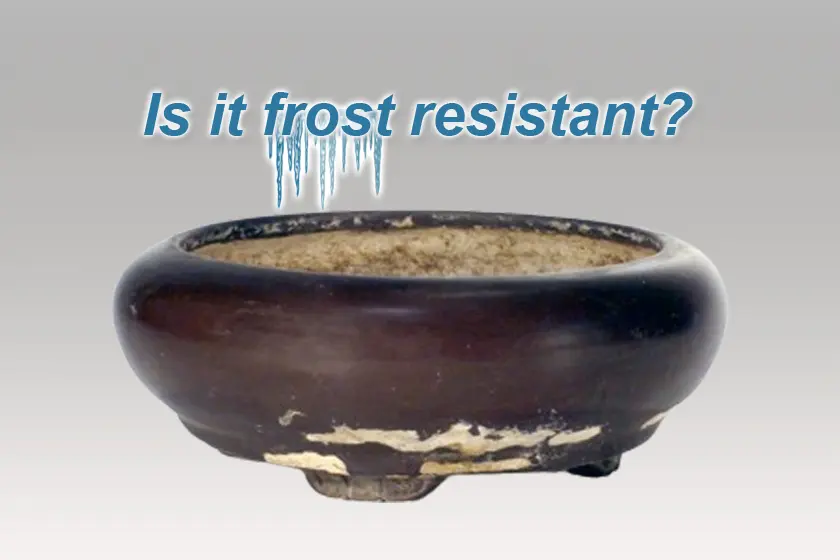
How do I know if my bonsai pot
is frost resistant?
Claude Savard
CSCeramique
To find out if my pot is frost resistant, if you live in a region where rigorous winters, this is a crucial question. It's often difficult to give a precise answer. However, if you know the potter who made your pots, he should be able to provide you with this essential information. There are many different types of bonsai pots on the market. For example, economy pots are frequently found in non-specialized stores. Mass-produced from low-quality clay, they are suitable only for indoor trees or in greenhouses maintained at over 2 degrees Celsius, as they cannot withstand frost. These standardized pots often don't show your bonsai to best advantage.
However, in frost-free regions, potters don't need to guarantee a certain quality of clay or a specific firing. On the other hand, if you buy pots abroad, check that they are frost resistant. My customers in Canada, spread across hardiness zones from 2 to 8, oblige me to use top-quality clay and to carry out high-temperature firings to vitrify the clay and glaze. This guarantees their resistance to frost and brings out the best in your bonsai over the long term.
How to check the frost resistance
of your pot?
To make sure your pots stand up to the rigours of winter, here's a simple method to follow.




Now it's time for a little calculation. For example, if your pot weighs 790 grams dry and 808 grams after soaking, proceed as follows:
- Subtract the dry weight from the soaked weight:
808 - 790 = 18 grams - Divide this difference by the weight after soaking:
18 / 808 = 0,022 - Multiply the result by 100 to obtain a percentage:
0,022 x 100 = 2,22 %
If the result is less than 4%, your pot should be frost-resistant. On the other hand, if the percentage is higher than 4%, it's risky to expose it to freezing conditions.
This method enables you to assess the durability of your pots against frost, helping you to preserve your collection safely. With these steps, you can guarantee that your pots will retain their beauty and integrity even during the harshest winters.
Why can't some pots
frost resistant?
The answer lies in the way the clay is fired. In fact, when clay is fired at low temperatures, it doesn't fully agglomerate. In other words, the components of the clay don't melt completely, leaving air between the particles. This is similar to coffee sugar cubes which, when exposed to moisture and heat, stick together without melting completely.
Let's take a look at what happens when the clay is fired.
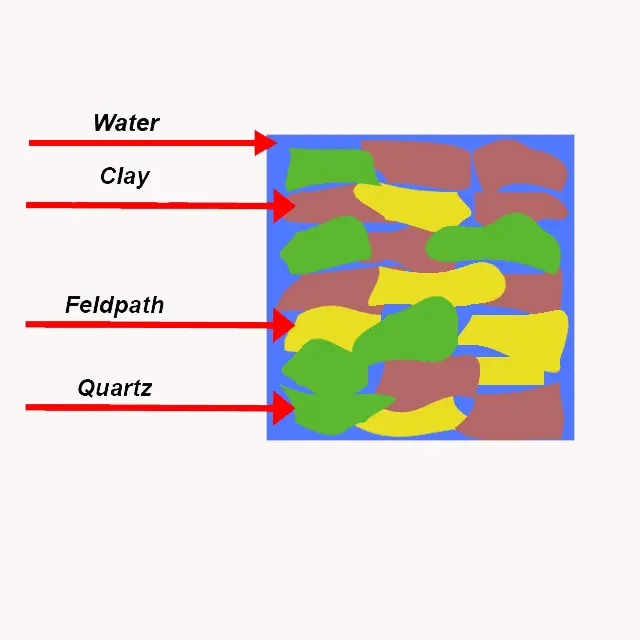
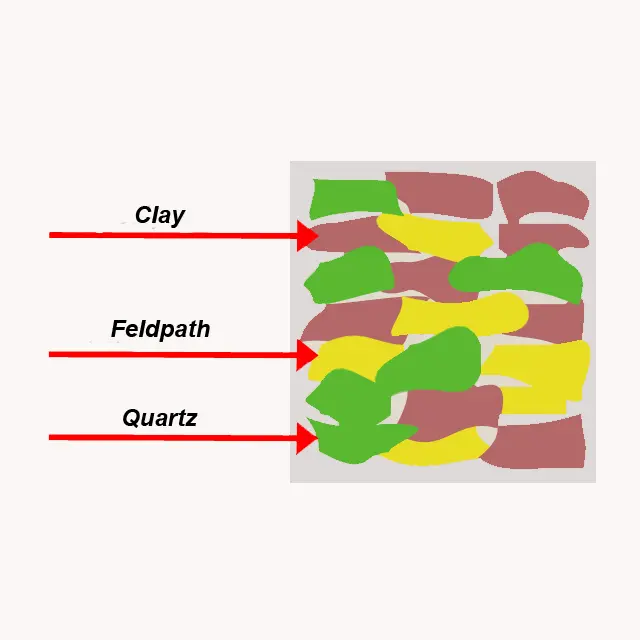
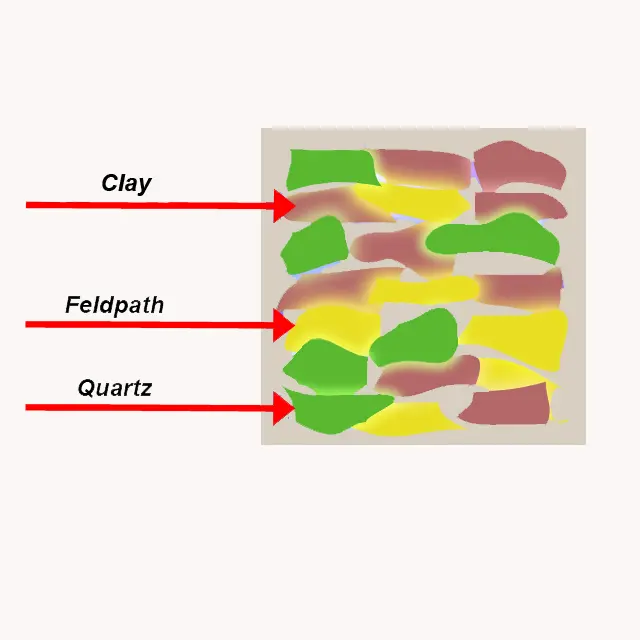

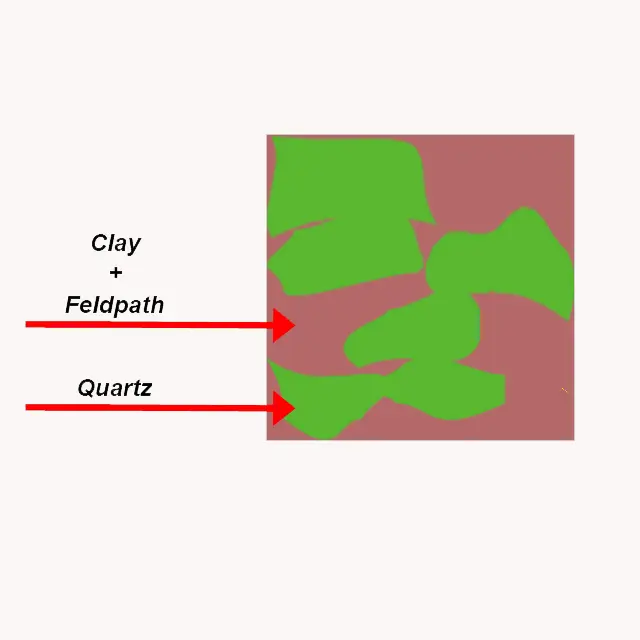
As a result, the pots become much more frost-resistant, as there is no longer any space between the particles, preventing water infiltration. By opting for high-temperature firing, we obtain top-quality bonsai pots, guaranteeing their durability in difficult climatic conditions.
Here's an example of a pot that didn't stand up to our Quebec winters.
Decades ago, when I was just starting out in pottery with no prior knowledge, I made one of my very first pots. Here's an excellent example of a pot made from low-quality clay and fired at low temperatures.

To ensure your pots' resistance to the elements while accentuating their beauty in your collection, opt for those that have been subjected to high-temperature firing. This method not only enhances their strength, but also extends the life of your pots, preserving your investment over the years.